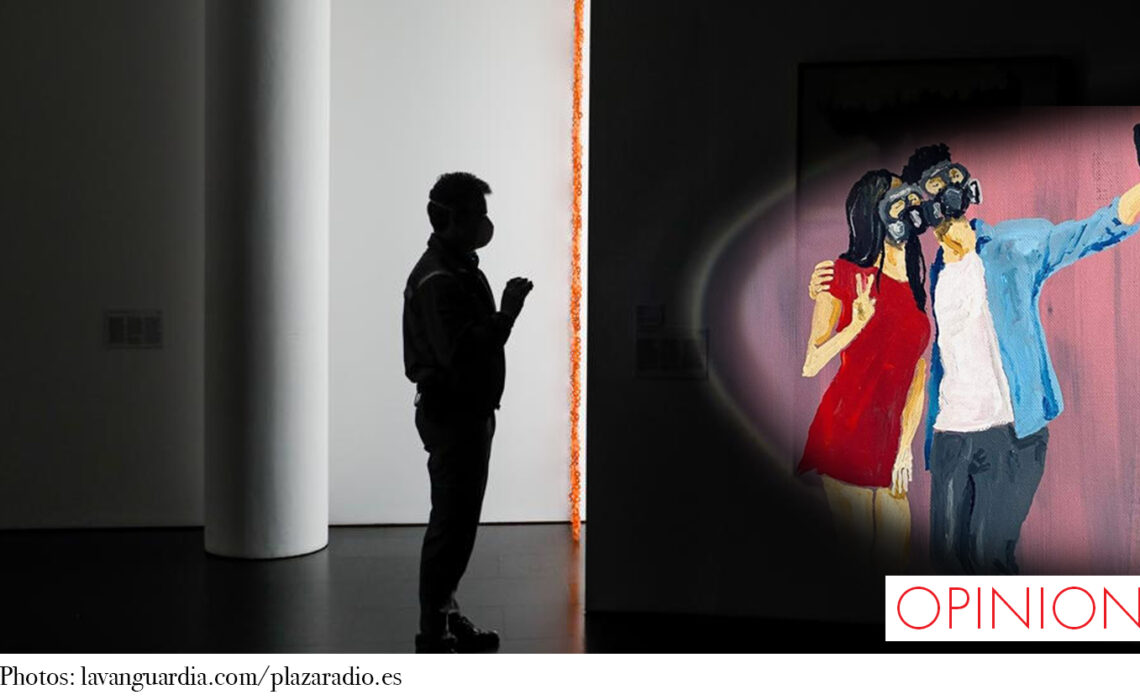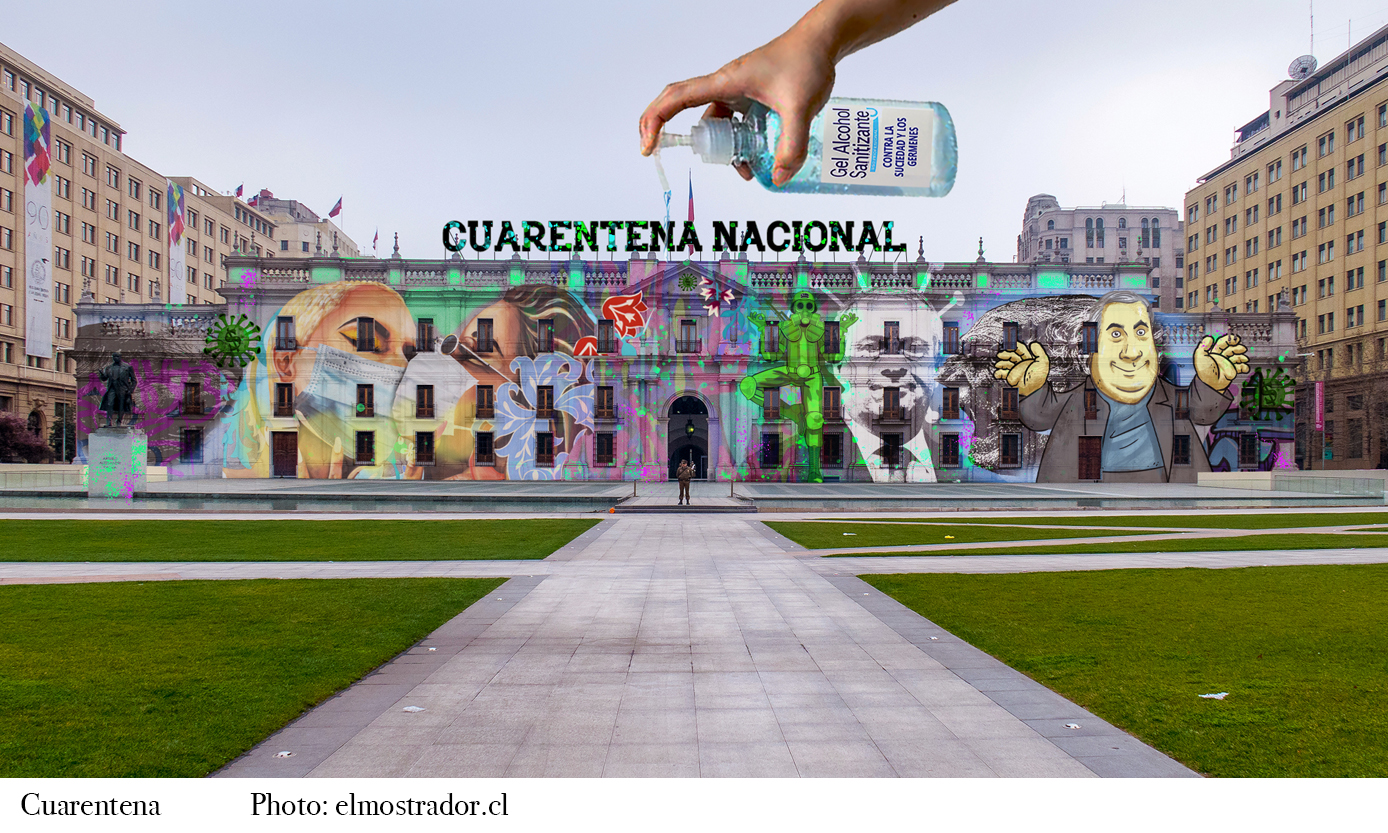
Where Should Art Go During This Pandemic Situation?
OPINION
Where Should Art Go During This Pandemic Situation?
By Abel Cervantes
There are two contemporary events that have changed the world. 9/11 led to an extreme vigilance that made disappear the line between the public and the private. Suddenly, foreign people (the unknown Other) became a danger to society and it was necessary to know their location to stop their “terrorist plans”. Cell phones began to have sophisticated cameras, that not only served to photograph unforgettable moments, but were also used to capture –in flagrante- their own owners.
(Batman. The Dark Knight summarizes these concerns in an enlightening way: Lucios Fox – Morgan Freeman – is the tech genius who helps Batman achieve his objectives: adapt a war vehicle to arrest thugs, use a plane to capture a Chinese thief or chase the Joker throughout Gotham City using the citizens’ cell phones as an underwater radar.) Nowadays, cell phones have endless functions. However, each of them work as a detector that records all human activities: from where we are to what we eat, what we wear and what we desire (Facebook and Google listen to even the most intimate conversations, even if cell phones are several meters away). Our life is exposed as it was not thirty years ago.

In the art world the situation has produced dramatic changes, some of which have been announced for several years. Many galleries and museums have chosen to present exhibitions and performances through digital platforms. Those interested in art are divided into two groups: the ones who will return to the museums and the ones who won’t. The first group will attend the museums with all sanitary protocols; for them, the experience of live art cannot be replaced by a screen. The second one prefers to observe from the comfort of their mobile phones images that can be swiped with the movement of a finger. If you ask me, both formats have their own pros and cons.

On the contrary, subordinating art to a screen can have many benefits. The first one is practical: I don’t need to be rich or have all the time in the world to know the works that are exhibited in Russia or in the United States. The second one, allows us to relate art to linguistic dimensions, as Roland Barthes might propose: every time I look at a painting, a sculpture, a photograph, an installation, etc., through the Internet, I synthesize its attributes with linguistic concepts. These linguistic concepts potentiate my experience. I don’t need to see the outline of the painting, because I can access it through its Double. That Double is writing. However, as Franco Berardi Bifo mentions in Post-Alpha Generation, mediation through a screen fosters concepts that diminish experiences: the absent perception of corporality stimulates distractions, lack of observation and, finally, disinterest. This only accentuates if we receive other stimuli (simultaneously) contents on the same device! Cell phone dynamics are fragmentary and random. The observation time we dedicate to a work can change whether we are in the museum or in our living room scrolling through our phone.



